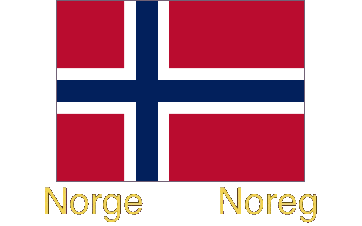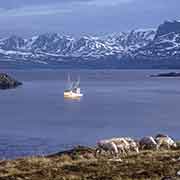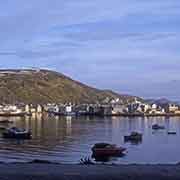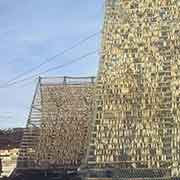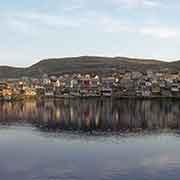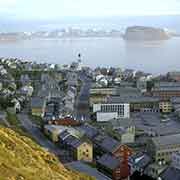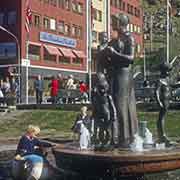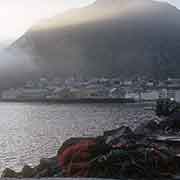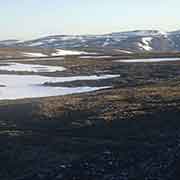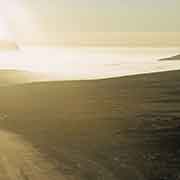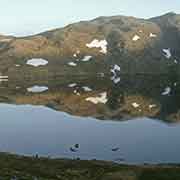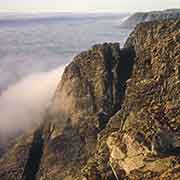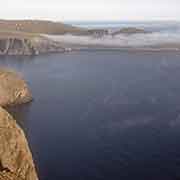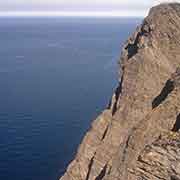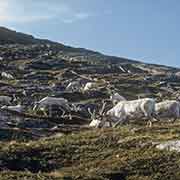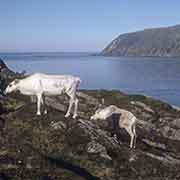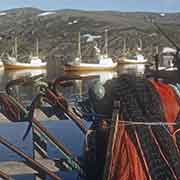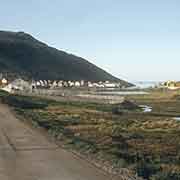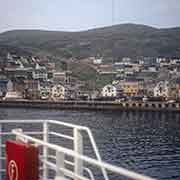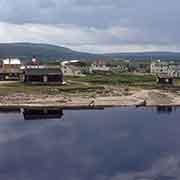Photos of Finnmark, Norway’s far north, Norway
Finnmark, Norway’s far north
The former county of Finnmark (since 1 January 2020 merged with Troms into Troms og Finnmark) is the northernmost and easternmost region of continental Norway. It is named Finnmárku in the Northern Sami language, part of the Sápmi region, the cultural area traditionally inhabited by the Sámi people, including northern Sweden, the Lapland region of Finland and the Murmansk region on the Kola peninsula in Russia.
you may then send it as a postcard if you wish.
Although glaciers, river valleys and islands did not carve out many, the coast is indented by large fjords. The town of Hammerfest (Hámmerfeasta in Northern Sami) is the northernmost town in the world, with more than 10,000 inhabitants, but this is disputed by Honningsvåg (Honnesváhki) on the island of Magerøya, that, although it only has about 2,500 inhabitants, was declared a city in 1996. The island of Magerøya (Máhkarávju in Northern Sami) has the North Cape (Nordkapp, Davvenjárga). It is the northernmost point in Europe that can be accessed by car, a 307-metre-high cliff with a large flat plateau. However, it is not the northernmost point of the island: that is Knivskjellodden, about two kilometres to the west and 1,450 metres further north than North Cape.
About 14 kilometres from the North Cape is Skarsvåg, the world’s northernmost fishing village, with about 60 residents - mainly fishing for cod. Turning south from here again, at 256 kilometres, is the village of Karasjok, the Norwegianized form of the Northern Sami language name Kárášjohka, only 17 kilometres from the border with Finland. About 80% of the population is Sami speaking, and Sami and Norwegian have equal status. The seat of the Sámi Parliament of Norway, the representative body for people of Sami heritage in Norway, is in this village. It acts as an institution of cultural autonomy for the indigenous Sami people and was opened on 9 October 1989.


